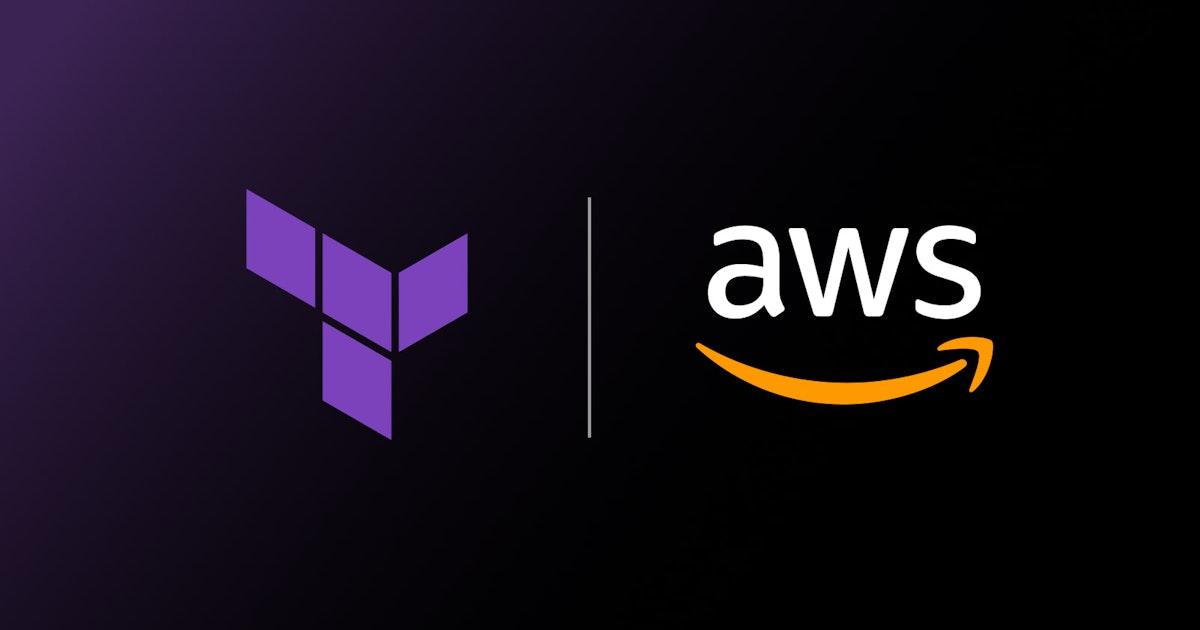The pain points of VPNs in enterprise IT Analysis Report
5W1H Analysis
Who
Key stakeholders involved in this discussion include Enterprise IT managers, cybersecurity professionals, network administrators, and organisations that rely heavily on virtual private networks (VPNs) for secure remote access. VPN service providers and cybersecurity software companies are also key players.
What
The article discusses the limitations of VPNs in securing remote access to enterprise networks, highlighting the shortcomings that arise in modern, dynamic IT environments. It underscores the lack of adaptability of VPNs to rapidly changing access environments and the challenges posed by these limitations.
When
The article was published on 15th May 2025. It refers to issues that are currently impacting enterprise IT environments, reflecting challenges that have been ongoing as more organisations adopt remote work policies.
Where
The impacts and challenges discussed are relevant globally, particularly in regions with a high concentration of remote working patterns such as North America, Europe, and parts of Asia. Enterprises in these regions face similar security challenges and rely on secure network access technologies.
Why
There is a continuous demand for secure, reliable, and adaptable remote access solutions. As enterprises evolve with dynamic IT infrastructures and remote working becomes more commonplace, the traditional VPN model often struggles to meet new security demands and operational complexities.
How
VPNs typically function by creating secure connections over the internet to protect data through encryption. However, challenges occur due to their static nature, which does not always accommodate high-demand scalability, dynamic resource allocation, or advanced threat detection capabilities required in today's complex enterprise environments.
News Summary
In the backdrop of increasing remote work, the article highlights the inadequacies of VPNs in current enterprise IT settings. While VPNs provide encrypted connections, they often fail to address the need for flexibility and high security in dynamic environments. This has been a concern for IT managers and organisations striving to maintain robust security protocols against evolving cyber threats.
6-Month Context Analysis
In the past six months, there has been significant growth in remote working arrangements, prompting enterprises to review their cybersecurity measures. Many organisations have sought advanced solutions like zero-trust architectures and SD-WAN technologies to augment or replace traditional VPN infrastructures. This period has seen heightened attention towards more flexible and secure remote access solutions.
Future Trend Analysis
Emerging Trends
There is a clear trend towards the adoption of zero-trust models, which emphasize verifying each access request and reducing reliance on perimeter-based security. Enhanced investments in more intelligent network controls and real-time threat detection mechanisms are expected to rise.
12-Month Outlook
Enterprises are likely to continue moving away from traditional VPNs, seeking integrative solutions that offer scalability and resilience. The development and integration of AI-driven cybersecurity tools and policies could become a standard practice for enterprises looking to enhance remote access security.
Key Indicators to Monitor
- Adoption rates of zero-trust security solutions - Investments in AI-driven cybersecurity technologies - Incidence of cybersecurity breaches attributable to VPN failures
Scenario Analysis
Best Case Scenario
Organisations successfully transition to more adaptive security architectures, reducing cyber risks while enhancing network performance and flexibility. This creates a robust framework against future threats, sustaining remote operations securely.
Most Likely Scenario
Many enterprises will incrementally integrate new security features alongside VPNs, reducing risk exposures incrementally. While some challenges persist, general improvements in network security visibility and management are expected.
Worst Case Scenario
Delays in updating security infrastructures could lead to significant breaches, incurring operational disruptions and financial losses. Organisations failing to adapt could face increased vulnerabilities and potential trust loss from stakeholders.
Strategic Implications
Organisations are advised to assess current remote access frameworks critically. Investing in modern cybersecurity solutions needs to be prioritised, with a focus on technologies that support dynamic scaling and real-time threat management.
Key Takeaways
- Enterprise IT organisations (Who) must innovate beyond traditional VPNs (What) to meet the demands of global remote working trends (Where).
- Current VPN solutions face challenges due to their inability to adapt to dynamic IT environments (What).
- There is an urgent need to adopt more flexible security architectures, such as zero-trust models (Why).
- Proactive investment in advanced cybersecurity technologies is essential for mitigating current threats (How).
- Monitoring changes in remote working patterns and security incidents will be critical for strategic planning (What/Where).













Discussion